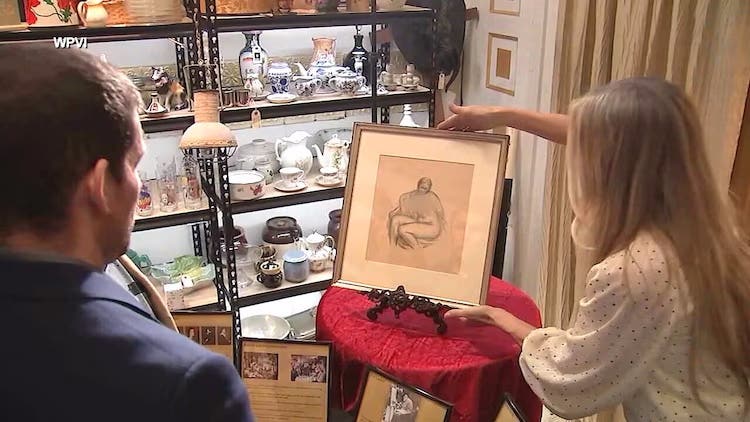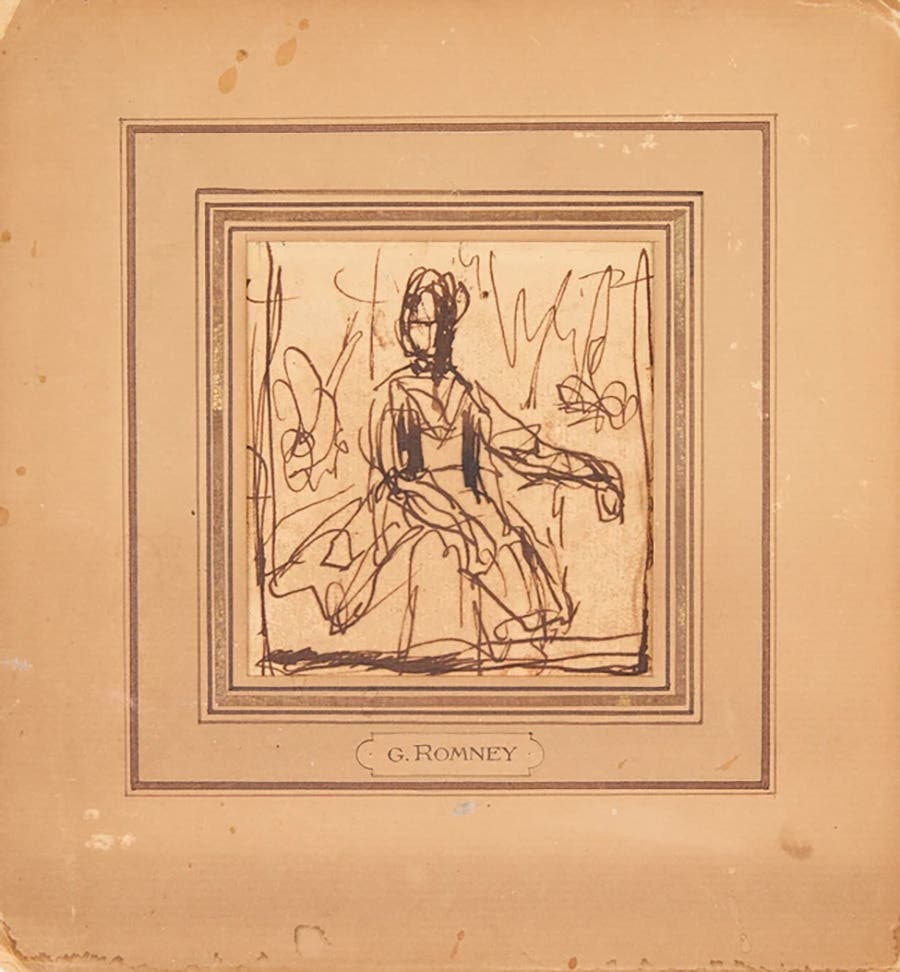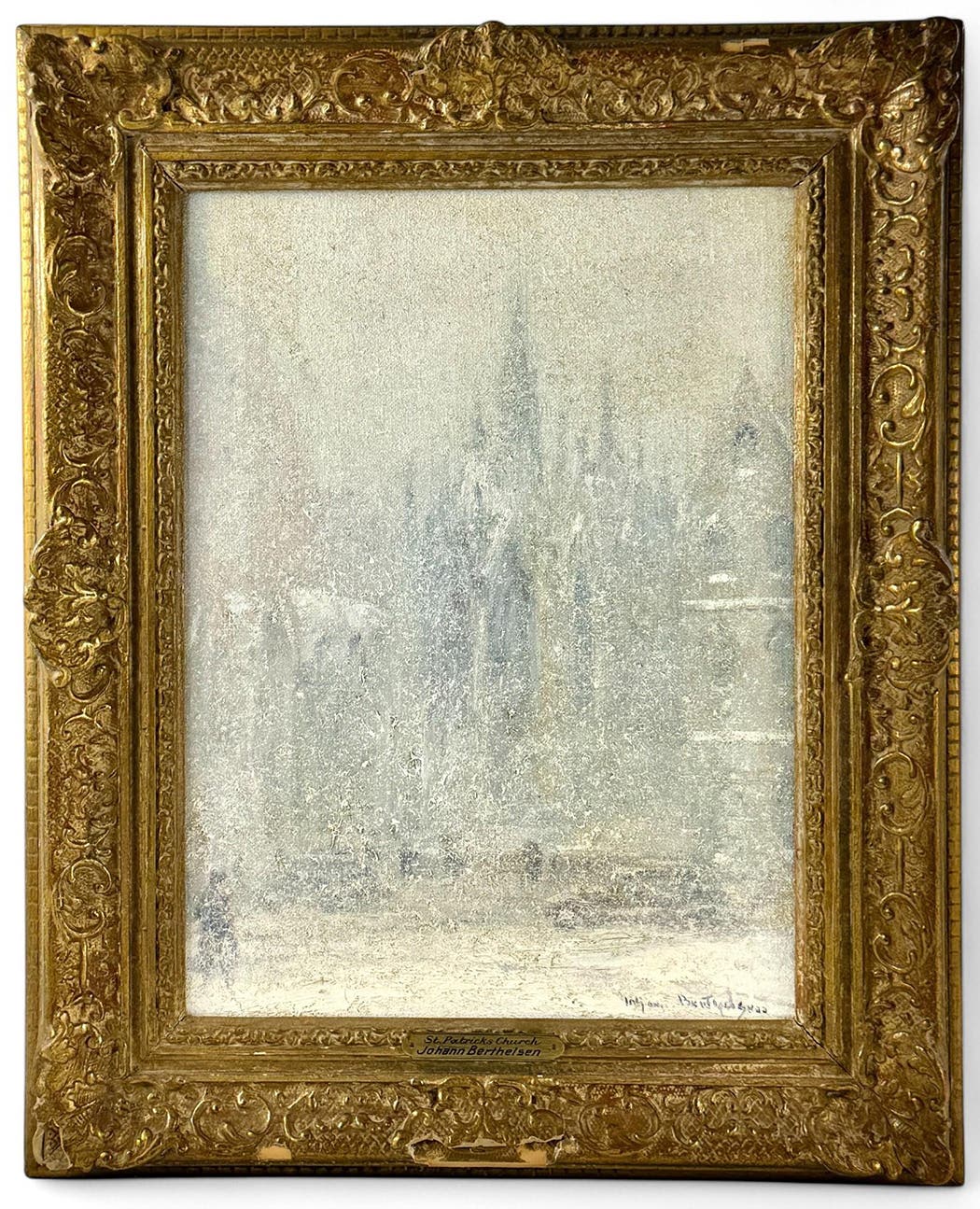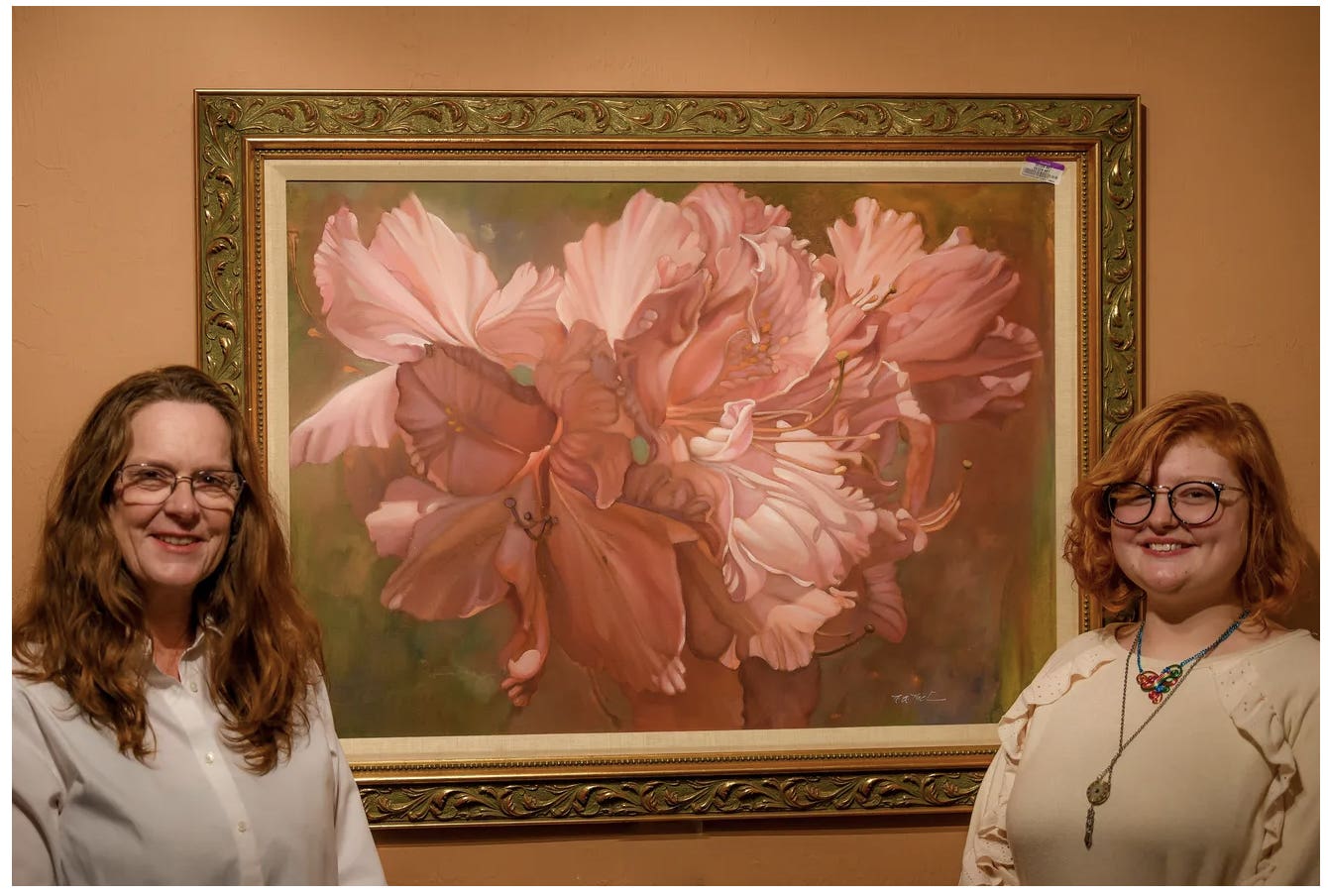Examining the Bonaparte era in art history
In a recent installment of Ask the Experts, Susan Mullikin presents interesting facts about the era of art history during Napoleon Bonaparte’s reign, in responding to a reader’s inquiry about prints discovered in the drawer of a bedroom suite.
QI am a long-time (Antique Trader) subscriber and I send the magazine to my girls occasionally.
Years ago I bought a bedroom suite. I found a picture of Napoleon crowning Josephine, and one of Napoleon’s army under the paper lining of a drawer in the suite. The pictures seem to be lithographs or steel engravings maybe. Or perhaps sketched from the art hanging in the Louvre by Gros Gerald (Napoleon’s artist). One is signed and it looks like Gros and another, Las Cases. I thought you could give me some information on these.
— E.M.
A The Napoleon Bonaparte era was a fascinating period in art history. First I’d like to address your print of Napoleon’s army, which you felt was done by Gros Gerald, Napoleon’s artist. His name was actually Antoine Jean Gros, a French Neoclassical/Romantic painter living 1771-1835.
Also known as Baron A.J. Gros, at the age of six he began to learn how to draw from his father, who at that time himself was a miniature painter. Toward the close of 1785, Gros entered the studio of Jacques-Louis David who became his mentor. Sometime after 1793 Gros was lucky and met Josephine de Beauharnals, wife of Napoleon Bonaparte. Gros was well received by Napoleon, and on November 15, 1776, Gros was present with Napoleon’s army near Arcole when Bonaparte planted the French “tricolor” on the bridge. Gros seized the moment and showed his artistic abilities, and from that time on found his true vocation. Bonaparte at once gave him the part of “inspected aux revues,” which enabled him to follow the army; from 1797 on, he was charged to select the incidents which enrich the Louvre today.
Your other print that showcases Napoleon’s crowning of Josephine, you mentioned you thought read Las Cases as the artist. The original was actually done by Jacques-Louis David (Gros’ teacher) and is one of the largest pictures hanging in the Louvre, 32 feet long by 20 feet tall. The French refer to this painting as “Le Sacre,” which you may have confused with Las Cases as you read on your print. The official name is actually “The Consecration of the Emperor Napoleon I and the Coronation of the Empress Josephine in the Cathedral of Notre-Dame de Paris on 2 December 1804.” That captures the historical facts since Napoleon crowned himself, and Pope Pius VII consecrated the act. Then Napoleon performed Josephine’s less holy coronation.
I hope this helps in knowing the content of the history behind your prints a little better. In regard to if they are engravings, lithographs or perhaps hand-sketched and their values, I would recommend they be examined in person by an art expert in your area. To know for sure their age and to analyze the paper used to produce your prints, a picture of a picture does not solidify an answer.






